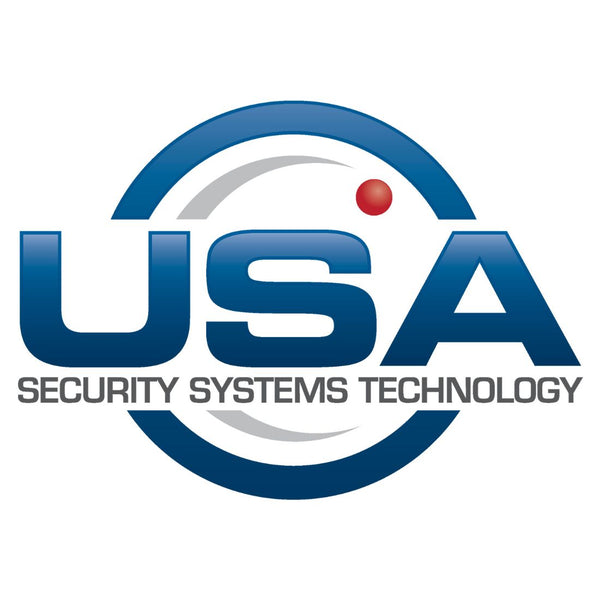In machine vision and industrial automation systems, data integrity and transmission speed are only as strong as the cable that connects your components. From ultra-high-speed imaging to flexible robotics, every vision system demands the right cable — one that matches both performance requirements and physical environment.
Whether you're setting up a new system or upgrading an existing one, this guide will walk you through the most common types of machine vision cables — including Camera Link, USB3, CoaXPress, and HDMI — and how to choose the best configuration for your application.
Understanding the Role of Cables in Machine Vision
Cables are often the unsung heroes of vision systems. They must carry large amounts of data at high speeds — sometimes over long distances — without signal degradation or interference. Choosing the wrong cable can lead to dropped frames, latency, or even complete data loss.
When selecting a machine vision cable, consider the following:
- Data Rate: Higher resolution and frame rates demand higher bandwidth.
- Environment: Cables may be static, flexed occasionally, or constantly moving (robotic arms, C-tracks).
- Length: Longer cables require better shielding and signal integrity design.
- Connector Type & Orientation: Physical space and connection angle are crucial in tight enclosures or industrial housings.
Camera Link Cables
Camera Link is a high-performance serial communication protocol specifically designed for vision applications. It’s a go-to choice for systems requiring low-latency, high-bandwidth transmission such as industrial inspection, robotics, and scientific imaging.
Key Features:
- High Bandwidth: Supports resolutions up to 32 bits at high frame rates.
- Low Latency: Minimal delay between image acquisition and transfer.
- Trigger & Communication Lines: Integrated control signals in addition to image data.
Common Connector Types:
MDR (Standard Connectors) and HDR/SDR (also know as Mini) are the most common, with multiple form factors:
-
- Straight exit for traditional setups
- Low profile right-angle for tight spaces
- Extended profile for more secure strain relief
- PoCL (Power over Camera Link) options combine power and data in one cable
- Ribbon Cables: Flat, flexible cables ideal for space-constrained or embedded applications
Cable Types:
- Hi-Flex & Robotic Rated: Designed for continuous movement in robotic/C-track environments.
- 30 AWG Standard & PoCL: Thinner, lighter cables for standard fixed installations.
- PoCL Lite: Cost-effective power + data solutions for lighter vision systems.
Length:
- Typically up to 10-15 meters, depending on speed and configuration.
USB3 Vision Cables
USB3.0/3.1 cables offer high-speed data transmission with plug-and-play simplicity, making them ideal for machine vision systems that require up to 5 Gbps data rates. Widely used in inspection systems, labs, and compact embedded vision setups.
Key Features:
- High Speed: USB3.0 supports up to 5 Gbps.
- Short to Medium Range: Maximum effective lengths typically around 7 meters, though some extended solutions like BitMaxx reach 20 meters.
- Locking Mechanisms: USB connectors with thumbscrews or friction fit prevent disconnections in industrial environments.
Connector Types:
- Type A to Micro-B (most common for cameras)
- Type A with thumbscrews for industrial robustness
- USB-C options for modern devices, available in straight or angled variants
- Type B connectors for some embedded systems
Best Use Cases:
- Image capture & real-time processing
- Test benches and temporary setups
- Small robotics and embedded vision
CoaXPress Cables
CoaXPress (CXP) is one of the most powerful cable technologies in machine vision, capable of transmitting high-resolution, high-frame-rate data at up to 12.5 Gbps per channel, with support for triggering and power over the same cable.
Key Features:
- High Frame Rate: Ideal for high-speed inspection, motion capture, or broadcast imaging.
- Long Distance: Up to 100 meters depending on cable type and configuration.
- Power + Data: Some configurations include power over CoaXPress.
Connector Types:
- BNC, TNC, DIN 1.0/2.3, and HD-BNC in various orientations:
- Straight or Right-Angle
- Push/Pull or Screw Locking
- Multiple Molded Configurations: Custom cable bundling for multi-channel setups
Cable Types:
- Miniature Coax (23 AWG): Best for static applications and space-saving setups
- RG59 Hi-Flex: Excellent for dynamic flexing, like in robotic arms
- RG6 Quad-Shield: Superior shielding for EMI-sensitive environments
- Mini-RG59 / RG6 PVC: High-frequency performance for complex systems
HDMI Cables
HDMI is primarily used in vision systems where high-definition video output is needed, such as for displays, operator consoles, or live video feeds from cameras.
Key Features:
- Uncompressed Digital Video: Delivers clean, sharp imagery
- Plug-and-Play: Standard connectors for easy integration with monitors and recorders
- Short to Medium Lengths: Up to 7.6 meters reliably
Typical Uses:
- Displaying high-res images on a monitor
- Connecting vision systems to user interfaces or control stations
- Secondary output feeds in inspection or broadcast applications
How to Choose the Right Cable for Your Application
Choosing the proper cable means balancing several technical and environmental factors:
| Criteria | What to Consider |
|---|---|
| Bandwidth | Higher resolution + frame rate = higher bandwidth (USB3, Camera Link, CoaXPress) |
| Distance | Long cable runs need proper shielding and signal amplification (GigE, CoaXPress) |
| Flexibility | Robotic arms and C-tracks require Hi-Flex or Robotic-rated cables |
| Power Needs | PoCL (Camera Link) and CoaXPress can deliver power and data through one cable |
| Connector Orientation | Match the cable exit (straight, R/A up/down/left/right) to your physical constraints |
Need help selecting the right cable for your vision system? Our team is here to help. With decades of experience, trusted industry brands, and some of the most competitive pricing in the market, we’ll make sure you get exactly what you need — without overpaying.
Reach out today for product recommendations, technical support, or volume pricing options. Let’s build your system right, from the cable up.

